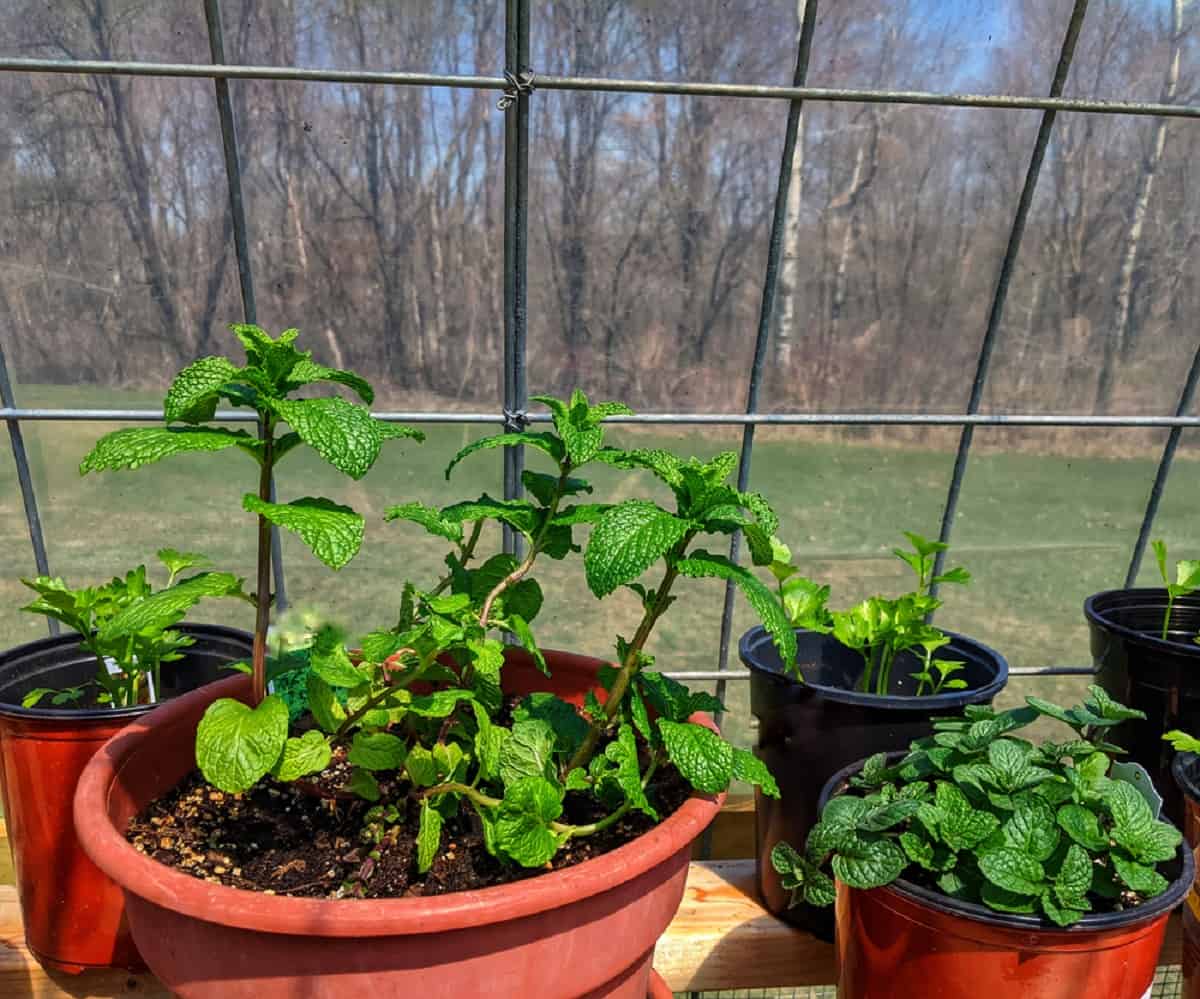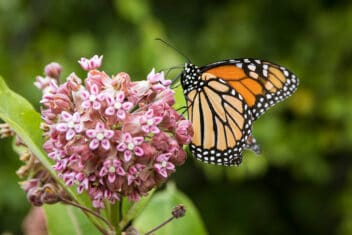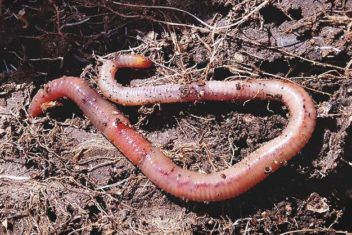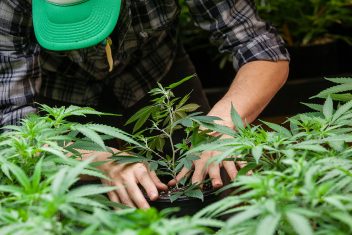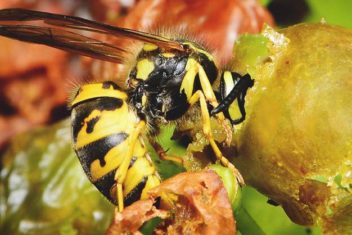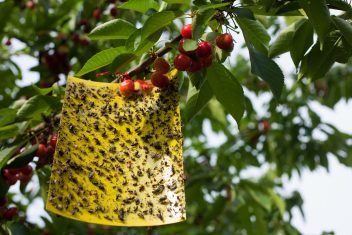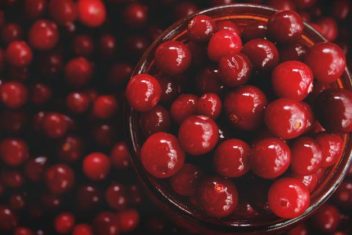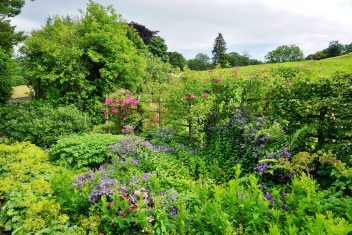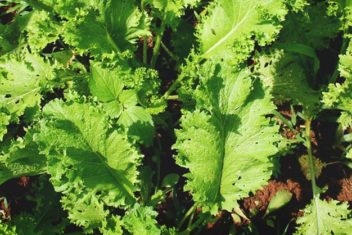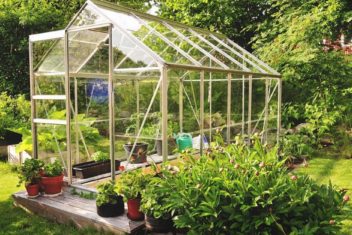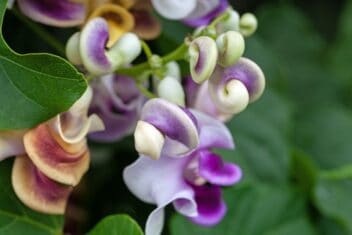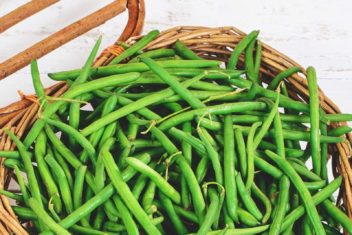When we talk about growing a self-sufficient garden, we spend a lot of time on staple vegetables, long-storing fruits, and a few herbs. However, what about growing spices for self-sufficiency?
Where do they fit into the self-sufficiency equation? Can you become self-sufficient on the spice front? How much room would it take and is it even worth trying?
The answers to those questions will vary depending on how much space you can allocate for gardening. In cold climates, it will also depend on how much indoor or greenhouse gardening you do. However, if you are willing to use both indoor and outdoor gardening techniques and set realistic expectations, you can become spice self-sufficient on your most critical spices.
Before we get too far into this subject, I want to clarify the difference between a spice and an herb. Herbs are the tender leafy parts of a plant that can be grown in a relatively short time. They may have culinary or medicinal uses.
What Is Spice?
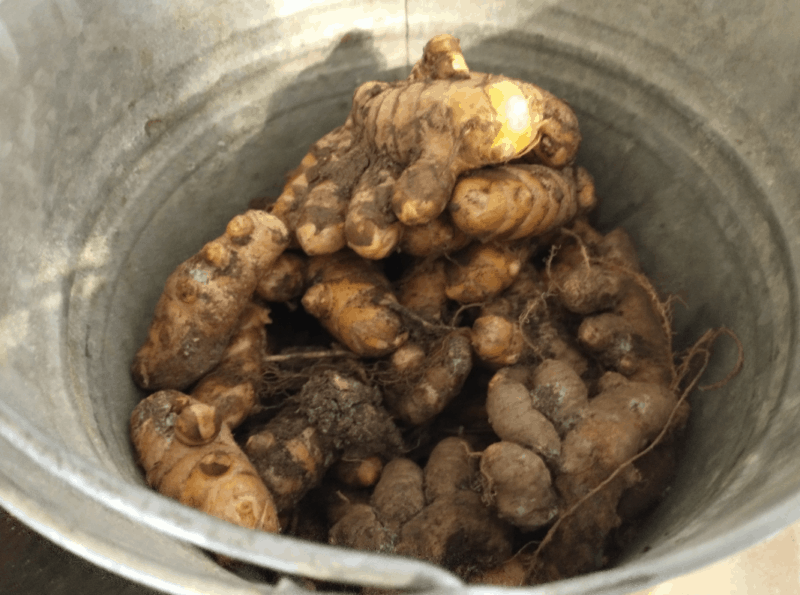
Spices are the mature parts of plants that are specifically used to enhance the flavor of other foods. These include seeds, fruits, rhizomes, bulbs, flower parts, roots, and woody stems or bark.
Many spices have medicinal uses, too. Yet, they are grown more like fruits and vegetables than tender, leafy herbs. For example, what we call coriander seeds are actually coriander fruits that contain two seeds. In fact, coriander fruit is similar to squash which also has an outer shell and inner seeds.
However, the thing that distinguishes coriander spice from a squash vegetable is the caloric and water content.
With spices, you simply can’t eat enough of them to stay well-fed or hydrated. They also can’t become a staple of your diet because of their intense potency. Despite the lack of calories and water, though, throughout history spices have often been more valued than food.
1. Black Pepper
Black pepper was once considered more precious than gold because of its utility at home. Before the spice trade, people in Europe lived without black pepper. Yet once they started applying it to food, black pepper became an absolute necessity.
Today, many of us couldn’t imagine eating a meal without a sprinkle of black pepper. We don’t know exactly what it is about that spice that makes it so critical to our lives. However, some research suggests that black pepper may help make certain plant nutrients (and even pharmaceutical drugs) more bioavailable to the body.
Perhaps, on some level, our bodies know how beneficial black pepper is for us and so we feel compelled to keep on using it. We may never know for sure why black pepper has become an indispensable spice that most of us wouldn’t want to live without. However, this example is a perfect starting point to help you decide which spices to grow for self-sufficiency.
2. Critical Spices
Is black pepper on your list of critical spices? Which others do you use every day, or wouldn’t you like to go without?
It would be insane to try to become self-sufficient growing every spice you occasionally reach for from your spice rack. However, with a little effort and some patient gardening, it is possible to become self-sufficient on your most beloved and necessary spices.
Step 1: Select Spices for Self-Sufficiency
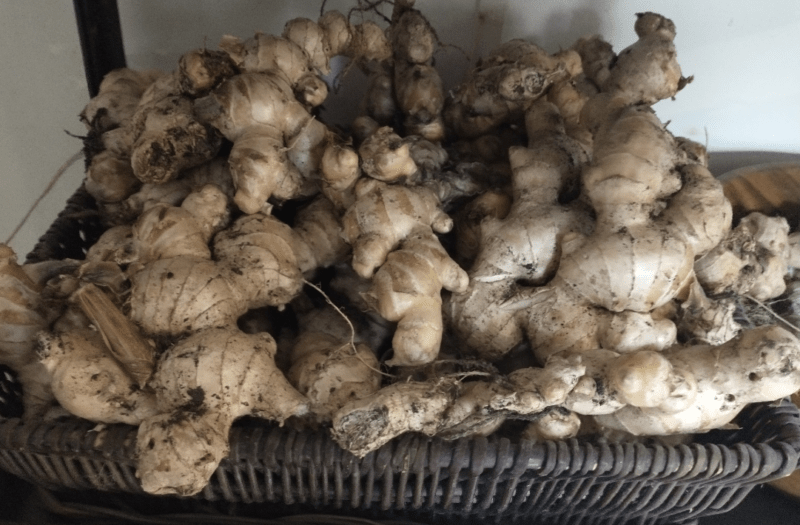
As such, the first step to becoming self-sufficient in growing spices is to identify which ones you really would not like to live without.
For me, that’s black pepper, coriander, cumin, garlic, ginger, gochu, horseradish, and turmeric. Thankfully, these are all quite easy to grow using indoor and outdoor gardening skills.
- Coriander, cumin, and gochu (Korean peppers) are annuals that can be grown a lot like vegetables grown for their fruits.
- Horseradish is a perennial root that I can treat similar to asparagus, by establishing a horseradish patch.
- Ginger and turmeric are large plants that require long, warm conditions, and plenty of water to grow well. However, they don’t mind being grown in containers and started indoors and moved out later. You can even grow them entirely indoors with a little supplemental light.
- Black pepper is a tropical plant that requires year-round warmth. Still, it’s also an understory plant that doesn’t require full sun. So, you can grow it indoors under lights or in a heated greenhouse in cold climates. It does take a few years to flower, though.
Step 2: Create Ideal Growing Conditions
As you can see from my examples above, to be able to grow spices for self-sufficiency, you’ll need to decide which spices you can grow outdoors in your climate. For those that aren’t suitable for your climate, you’ll need to create the ideal environments indoors or use a combination of indoor and outdoor methods.
This can be done in a greenhouse, by creating an indoor landscape, using a combination of indoor and outdoor growing techniques, or creating a grow room.
Let’s talk about pot for a minute – and not the kind that contains a plant.
Marijuana Example
Cannabis sativa, also called marijuana, is a plant that has very specific growing requirements for good flower bud productivity. For peak production, you need female plants that are protected from cross-pollination by wild males.
The plants need long, warm days during their vegetative growth. Then they need short, warm days to trigger flowering. Once they start flowering, the longer you can keep them flowering, the more buds you’ll get. As such, you need lots of warm, frost-free days after day length declines to 10-12 hours per day.
Not many climates and latitudes can deliver those exact conditions. Even so, that hasn’t stopped people from growing large quantities of marijuana everywhere! They’ve just grown it indoors using affordable technological solutions.
Option 1: Grow Tent for Spices
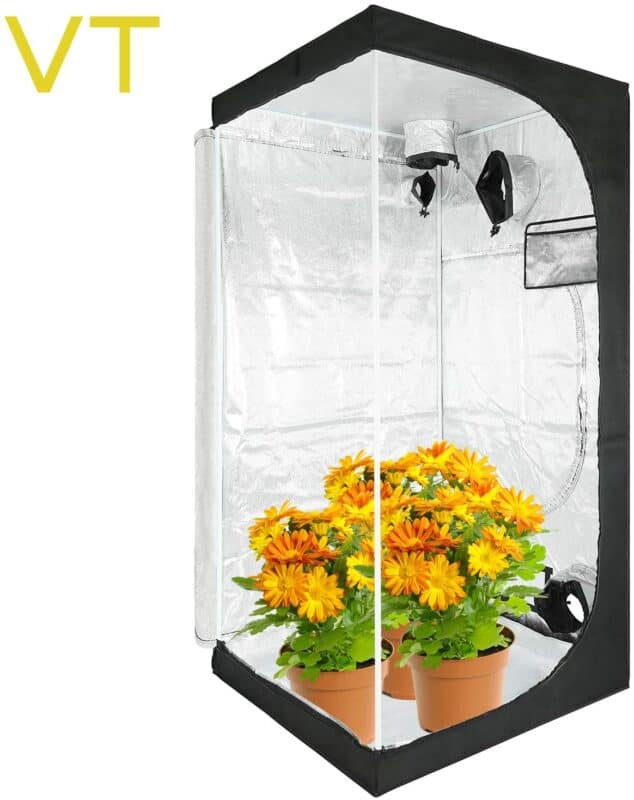
Small marijuana growers set up heat and light-reflecting “grow tents”. These are paired with daylight rated LED lights and sometimes heaters to create warm, light-controlled environments. In dry or humid areas, growers may also use humidifiers or dehumidifiers to maintain ideal conditions.
Now, for the record, I don’t grow marijuana! However, I do grow lots of spices. So, I know that exotic spices can be grown using these same commonly available tools that were originally developed for marijuana-growing.
A 10 x 5-foot tent is plenty of room to create an indoor tropical jungle for all your favorite perennial spices like black pepper, cardamom, cinnamon, galangal, ginger, lemongrass, and turmeric. Plus, you could use your tent for seed starting and grow a few other exotic edibles such as dwarf avocados or bananas.
You need to choose the right pot sizes, soil types, and do some creative trellising and space management. You’ll also have to make sure it maintains temperatures of 60°F in winter and 75-80°F from spring to fall. However, for much less than the price of a greenhouse, and with lower heating costs, you can create a grow room for tropical spices.
Option 2: Greenhouse
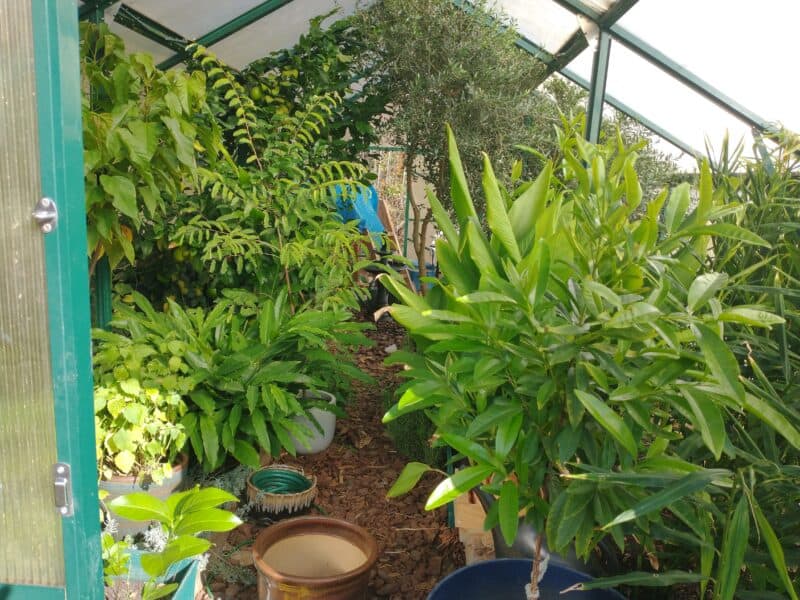
A greenhouse is also a great option in many climates. If you are USDA zone 9 or 10 and want to grow tropical spices, you might be able to use a greenhouse with just a few heat sinks to get good results.
In USDA zones 6-8, you can use heaters and heat sinks to effectively warm a greenhouse to keep tropicals alive.
For colder climates, though, you’ll need some kind of master heating plants such as double insulated greenhouses, stone wall heat sinks, underground walapini, geothermal heating, or other options to be able to grow tropical spices in a greenhouse year-round.
Option 3: Indoor Gardening
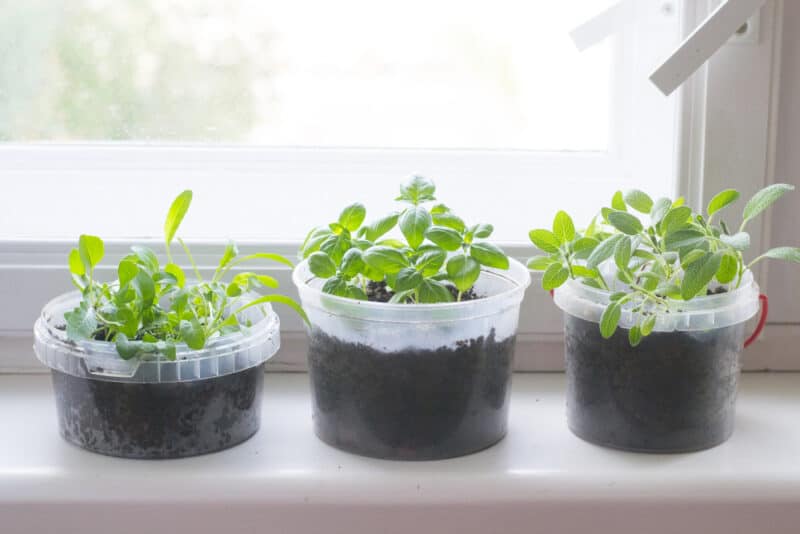
If you don’t want to grow in a tent or greenhouse, you can also grow spices indoors. Most do require bright light including sun or daylight rated light fixtures.
For larger spices, such as cardamom or cinnamon, you will also need to plan sufficient light so that it filters through to the lower plant sections. Side lighting or using windows in addition to overhead grow lights can help achieve these results.
Spices like black pepper and vanilla need to vine extensively to produce sufficient harvests. However, you can get creative with your trellising. Vanilla, for example, can be grown in a compact up and down zig-zag. So, you could use something like a 4 x 4 wall trellis to grow it on. Black pepper likes a fan-shaped trellis.
Option 4: Indoor/Outdoor Gardening
There are also many spices that you can start indoors and move outdoors when your weather warms. Cumin, for example, is picky in that it likes a cool, frost-free growing period.
So, you could start it indoors in pots. Then you could move those pots outdoors once the plant flowers to ensure good insect pollination.
Ginger is another great plant to start indoors, then take outside when it’s safe to put your tomatoes out. You may also need to bring it in for a while in fall if your rhizomes aren’t large enough to harvest when cool weather sets in.
Option 5: Climate-Suitable Spices
Of course, the easiest way to grow spices for self-sufficiency is to learn to love and use the spices that are best adapted to your climate or indoor spaces.
– Nutmeg Fruits or Allspice Leaves
Nutmeg, for example, is a large tree that isn’t likely to fruit in a container. So, you can only grow it for spice outdoors in a suitable climate. Plus, even then you’ll have to wait up to 25 years to taste the fruits of your labor.
Yet, the older, leathery leaves of an allspice tree also have a nutmeg-like taste. They can be used similar to bay leaves to add a subtle aroma to a béchamel or flavor a custard.
Allspice grown for the berries requires a large space. However, for mature leaf harvests, you can keep it small.
You’d still need to keep that allspice indoors in cool climates. However, there are also plenty of spices for self-sufficiency that might just grow well outdoors where you live.
– Ideal for Your Climate
For example, in North Carolina – USDA cold hardiness zone 7a – I can easily grow seed, root, and stem spices including anise, caraway, chicory root, celery coriander, dill, fennel, fenugreek, garlic, gochu, horseradish, mustard, nigella, paprika, Sichuan pepper, and saffron. When I lived in southern California, I could grow all of those plus a few more like bay, capers, galangal, and ginger.
So, you can also simply decide to be self-sufficient only on the spices that you can grow from start to finish outdoors in your climate.
Step 3: Hone Your Skill
Growing spices for self-sufficiency is more involved than growing herbs. Even so, if you commit you can get just as good at growing peppercorns as you are at growing the perfect paste tomatoes. You just need to spend some time getting to know your plants and their needs.
Cardamom Example
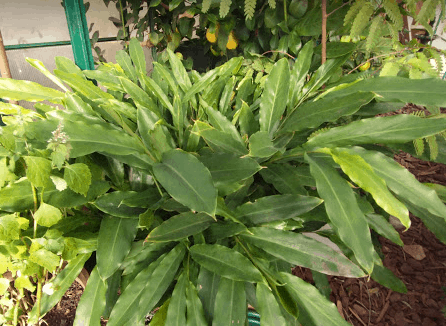
Cardamom, for example, is notorious for not producing flowers outside its native climate even when the plant is huge. If it doesn’t flower, then it can’t possibly produce those beloved cardamom pods. However, if you know the native conditions cardamom grows in – then you can troubleshoot flowering problems easily.
The issue is that this plant likes sex to be steamy! (After all, that’s what flowering and pollination are – plant sex). So, keep it at or above 75 in both Fahrenheit and relative humidity once your plant is about 3 years old and 5-feet tall leading up to and during its spring flowering period.
That may mean putting a humidifier right next to your plant. However, that can help you get a crop in locations where the average relative humidity isn’t above 60%.
Step 4: Plant for Actual Harvests
Just like with fruits and vegetables, you’ll have to start by guessing at how many plants you need to get your desired harvest. For example, I only need 3 caraway plants to make the seeds I use in sauerkraut. However, I need about 50 coriander plants for a year’s supply since that’s a daily spice for me.
Once you hone your skills though and learn how to maximize production per plant, you may be able to reduce that number. For example, when I first started growing ginger in the greenhouse I needed 20 plants to be self-sufficient.
Now I can get by with just 12 plants thanks to perfecting my watering procedures, getting my potting mix just right, and using vermicompost tea as a regular nutrient source.
Step 5: Harvest and Process Correctly
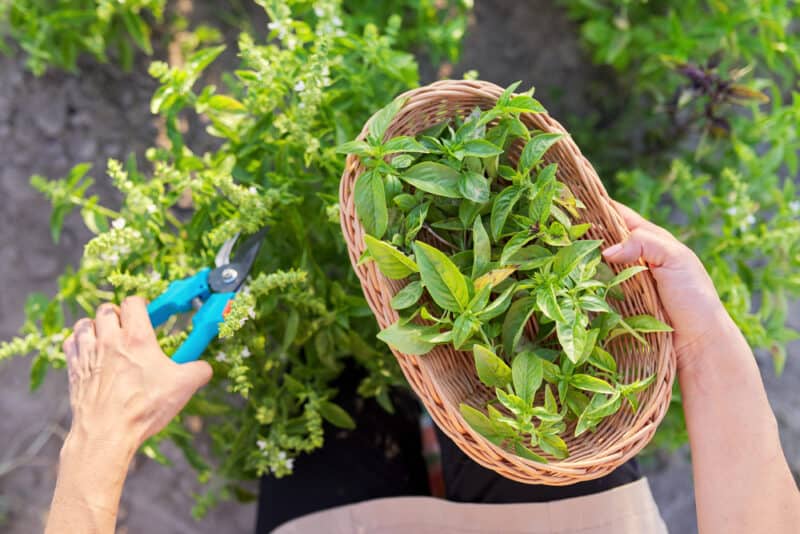
All that hard work creating ideal climates and honing your plant care, though, will be for nothing if you don’t use proper harvesting and processing skills. Since spices are intended for long-term storage, make sure you know when to harvest for peak preservation. Then use the right method to dry, cure, or otherwise preserve them.
Horseradish, for example, needs to be processed in vinegar as quickly after harvesting as possible for peak flavor. Garlic needs to be cured with stems and roots still on in warm, preferably not humid conditions, before moving to cool storage.
Black peppercorns have to be picked green, then well-dried before storing in airtight containers. Turmeric needs blanching to soften fibers before drying and powdering. Vanilla requires internal fermentation, also called sweating, before partial drying to develop sugars.
Your Own Fragrant Spices for Self-Sufficiency
I’ve shared a lot of ideas here to get you started. However, as with anything homesteading, you’ll need to do more research to get all the details you need to know to grow your favorite spices for self-sufficiency levels.
There are a lot of amazing resources available for free, including here on MorningChores. Plus, in case you like your information from books, I also wrote Grow Your Own Spices which has in-depth gardening, harvesting and preserving techniques for over 30 spices.
Remember, you don’t have to be self-sufficient all at once. Just pick a few spices to start, master those, then move on. Then in no time, your homesteading life will be full of spice and all things nice!
